Archives
- 2025-10
- 2025-09
- 2025-03
- 2025-02
- 2025-01
- 2024-12
- 2024-11
- 2024-10
- 2024-09
- 2024-08
- 2024-07
- 2024-06
- 2024-05
- 2024-04
- 2024-03
- 2024-02
- 2024-01
- 2023-12
- 2023-11
- 2023-10
- 2023-09
- 2023-08
- 2023-07
- 2023-06
- 2023-05
- 2023-04
- 2023-03
- 2023-02
- 2023-01
- 2022-12
- 2022-11
- 2022-10
- 2022-09
- 2022-08
- 2022-07
- 2022-06
- 2022-05
- 2022-04
- 2022-03
- 2022-02
- 2022-01
- 2021-12
- 2021-11
- 2021-10
- 2021-09
- 2021-08
- 2021-07
- 2021-06
- 2021-05
- 2021-04
- 2021-03
- 2021-02
- 2021-01
- 2020-12
- 2020-11
- 2020-10
- 2020-09
- 2020-08
- 2020-07
- 2020-06
- 2020-05
- 2020-04
- 2020-03
- 2020-02
- 2020-01
- 2019-12
- 2019-11
- 2019-10
- 2019-09
- 2019-08
- 2019-07
- 2018-07
-
br Results br Discussion In this study we investigated
2019-09-02
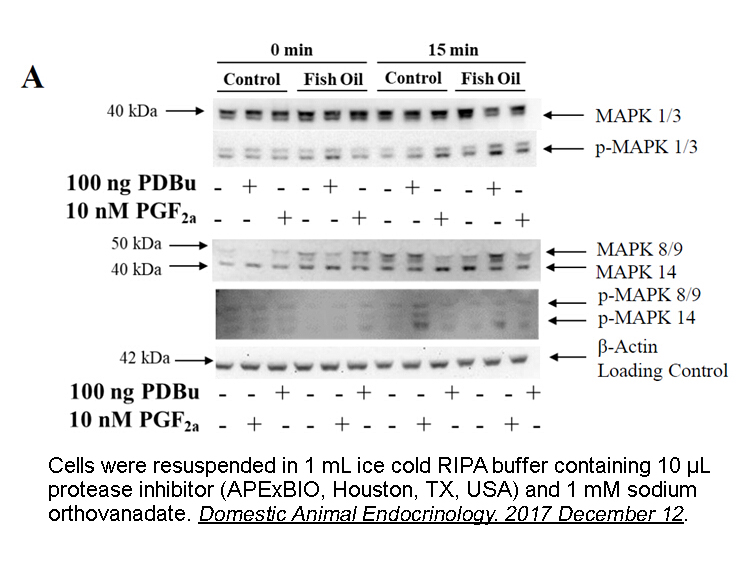
Results Discussion In this study, we investigated the role of EP4 on invasion and invadopodia in breast cancer cells. Our results demonstrate that EP4 activation promotes invadopodia-driven ECM degradation, in turn facilitating future intravasation and metastasis of breast cancer Rigosertib ma
-
raas inhibitor br In some but not all human vessels
2019-09-02
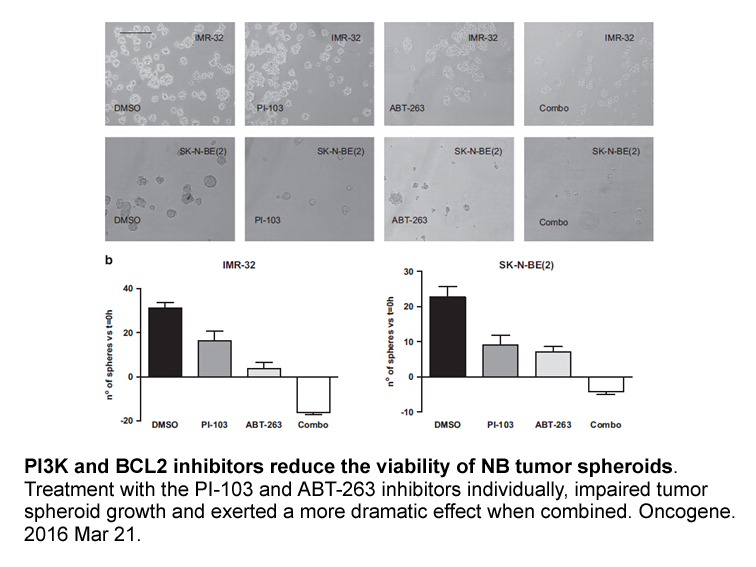
In some, but not all, human vessels, a small population of ETB (usually coronary raas inhibitor with atherosclerotic lesions did not show any increase. In agreement, in experimental medicine studies in both heart failure patients and volunteer controls, selective ETA antagonism (BQ123) caused the
-
Abdominal aortic aneurysm AAA is considered a
2019-09-02
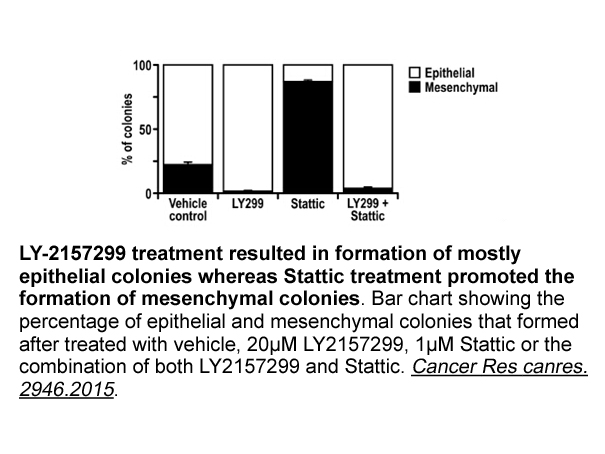
Abdominal aortic aneurysm (AAA) is considered a major health concern and is associated with extremely high rates of mortality in case of aortic rupture. The main pathophysiologic mechanisms leading to aortic dilation include the degradation of the extracellular matrix (ECM) components, such as colla
-
br Introduction DNA ligation is required during DNA replicat
2019-09-02
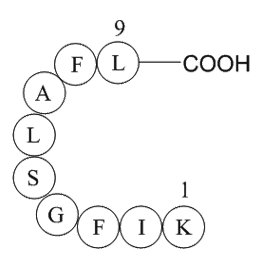
Introduction DNA ligation is required during DNA replication and to complete almost all DNA repair events. In human cells, the DNA ligases encoded by three LIG genes are responsible for joining interruptions in the phosphodiester backbone [1]. These enzymes have distinct but overlapping functions
-
Many filarial species harbor an endosymbiotic bacterium of
2019-09-02
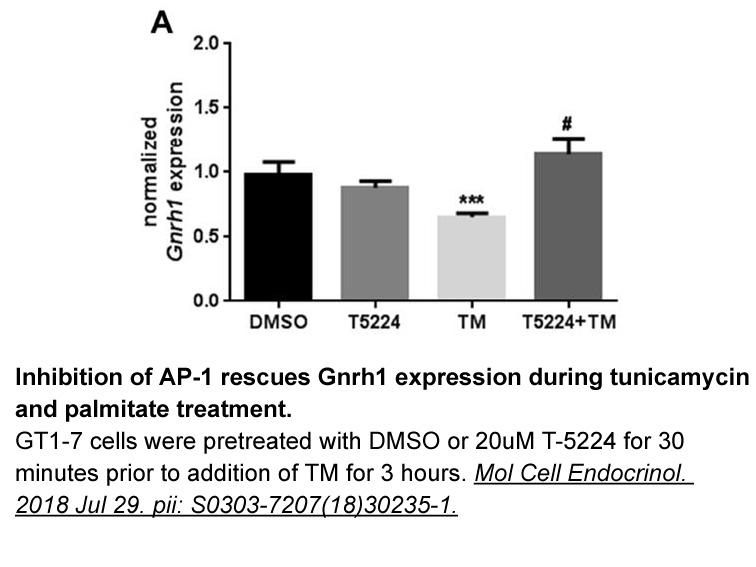
Many filarial species harbor an endosymbiotic bacterium of the genus Wolbachia. A recent investigation of Wolbachia distribution in 35 filarial species including 28 species and 7 genera and/or subgenera have shown that 37% of them harbor Wolbachia (Ferri et al., 2011). In filarial nematodes, Wolbach
-
The aim of the present study was
2019-09-02

The aim of the present study was to investigate the acute effects of THC on resting state glatiramer acetate neurophysiology, and to examine the impact of COMT genotype on these effects. Thirty-nine healthy volunteers participated in a randomised, placebo-controlled, crossover pharmacological MRI s
-
Phosphorylation of small GTPases has
2019-09-02
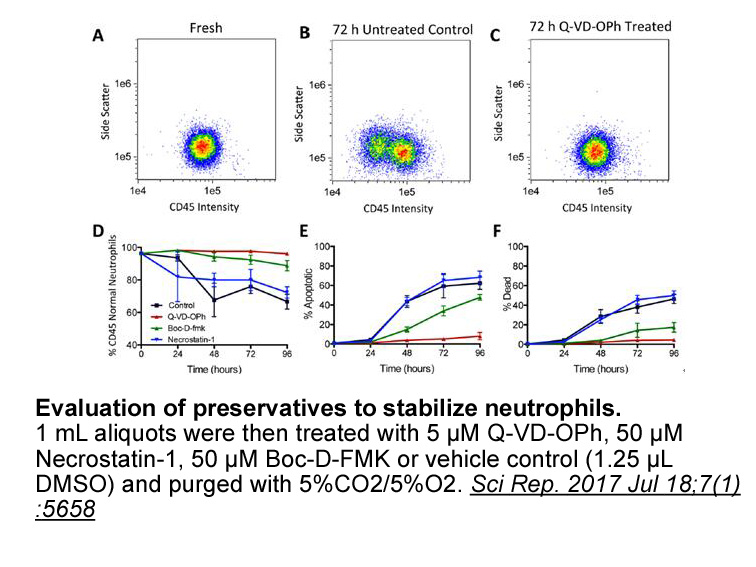
Phosphorylation of small GTPases has been also observed to affect binding affinity for the GDP/GTP cycle regulators notably GDP dissociation inhibitor (GDI) [10]. Indeed the EGF or cAMP-dependent phosphorylation of Cdc42 is associated with enhanced Cdc42–GDI interaction [8], [11]. RhoA inhibition by
-
AS601245 This study was aimed to assess
2019-09-02
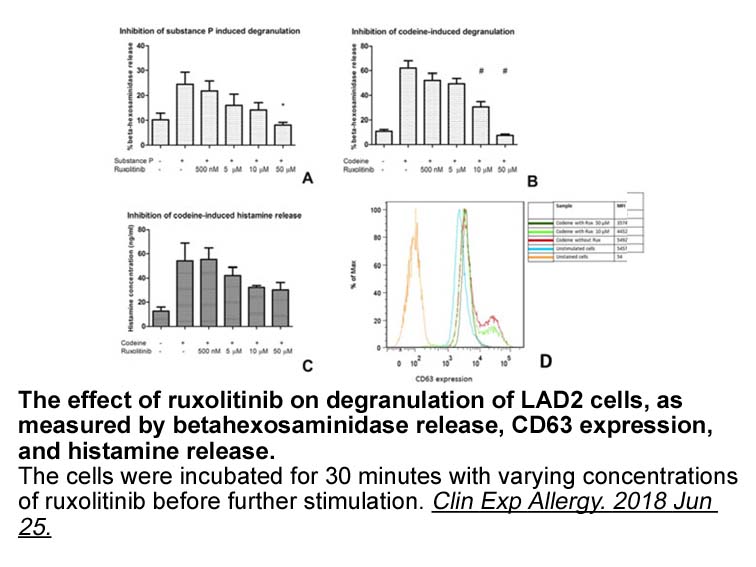
This study was aimed to assess a number of esterase activities, namely erythrocyte AChE, plasma BuChE and BeChE, and serum PON1 towards a number of substrates, as well as the major genetic polymorphisms of BCHE and PON1in a cohort of greenhouse workers exposed to low toxicity pesticides under an int
-
Our results show that COX and COX inhibition
2019-08-30
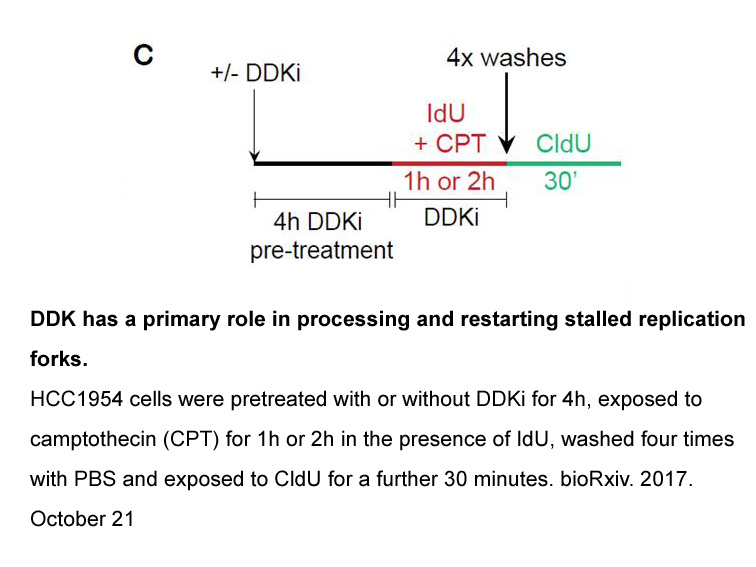
Our results show that COX-1 and COX-2 inhibition improve cognitive performance and decrease the neuronal insult during HH. However, when a neuroinflammatory response was observed, COX-1 inhibition was more effective than COX-2 inhibition at reducing microglial activation and augmenting pro-inflammat
-
br Experimental br Results and discussion br Conclusions The
2019-08-30
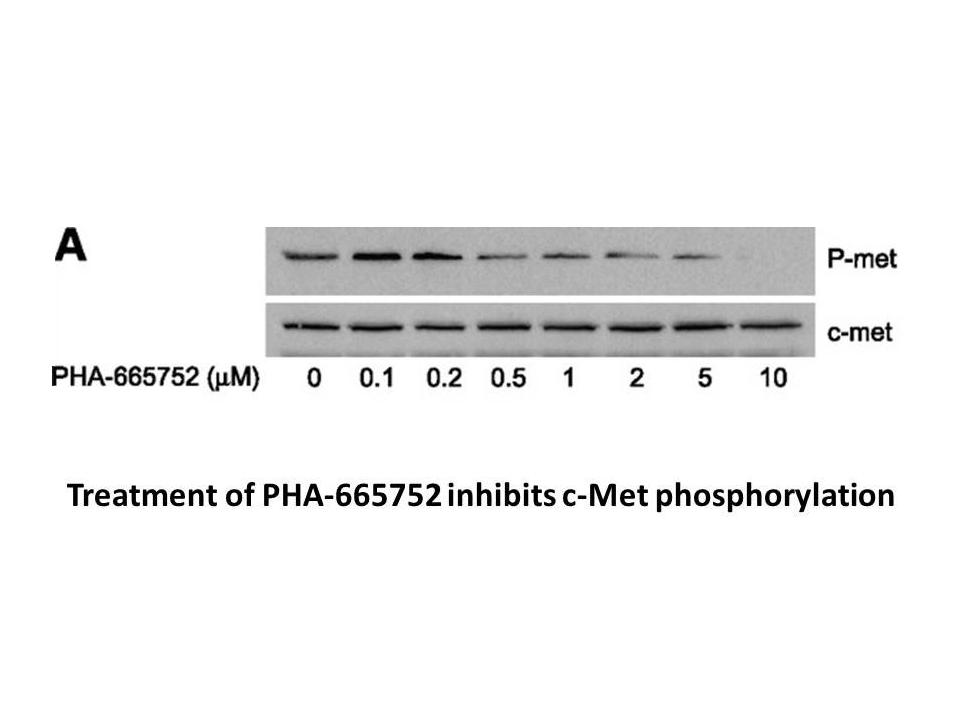
Experimental Results and discussion Conclusions The fungus Mucor circinelloides MUT44, previously shown to have ene-reductase activity [11], possesses ten genes coding for putative ene-reductases belonging to the Old Yellow Enzymes family. Since the reduction of CC double bonds is one of th
-
Tropical theileriosis is caused by the apicomplexan parasite
2019-08-30
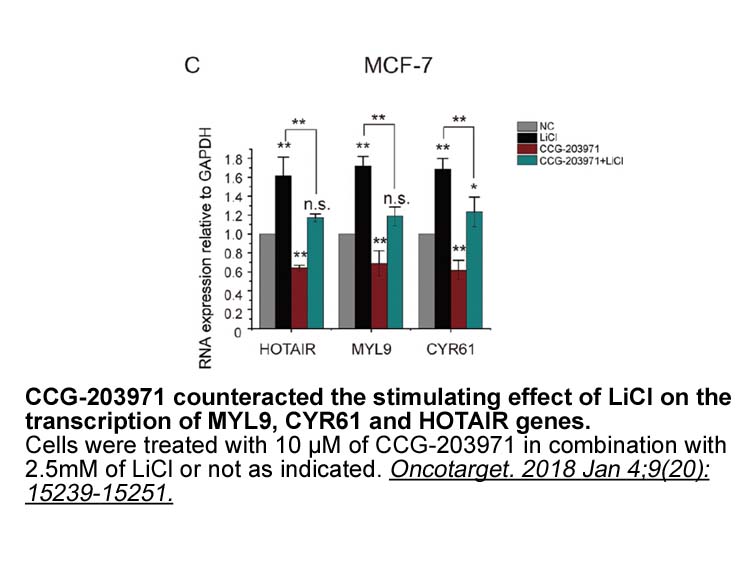
Tropical theileriosis is caused by the apicomplexan parasite Theileria annulata which is transmitted by a tick vector from the genus Hyalomma in cattle (Echebli et al., 2014, Li et al., 2014). Theileria parasites invade the leukocytes by sporozoites secreted from the vector, schizonts mature into me
-
br Acknowledgements br Introductio http www apexbt com
2019-08-30
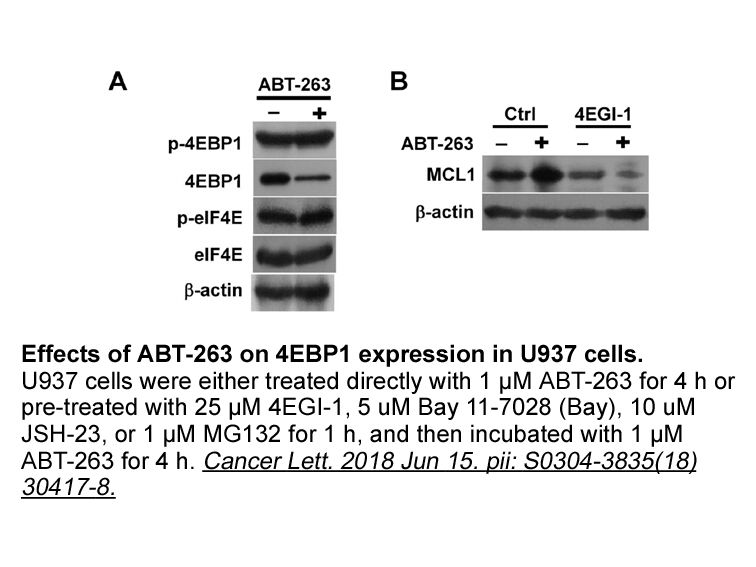
Acknowledgements Introduction TB is also widely prescribed as a stain to identify proteoglycans and glycosaminoglycans (GAGs) in agarose gel electrophoresis (Dietrich and Dietrich, 1976; Coulson-Thomas et al., 2015). In addition, as adjunct to a photodynamic antimicrobial chemotherapy assay, T
-
Extracellular uridine can be transported across the cell mem
2019-08-30
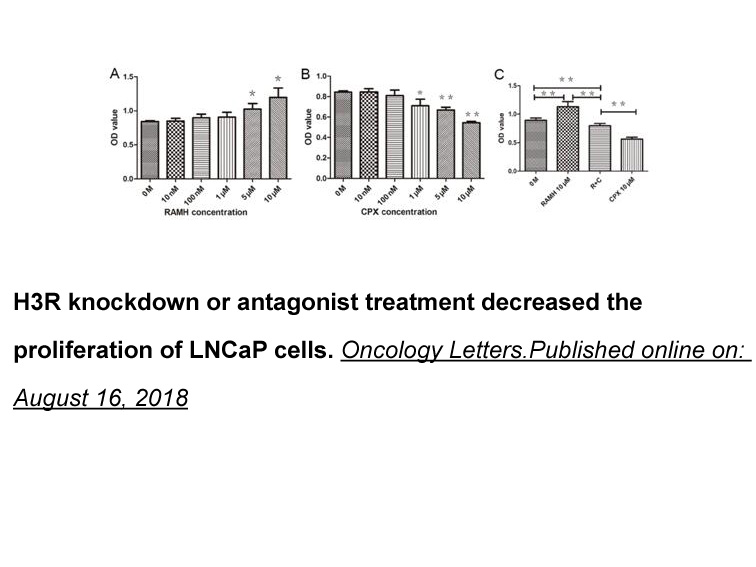
Extracellular uridine can be transported across the cell membrane to enter the nucleotide salvage pathway. A colon cancer cell line supplemented with uridine was capable of growing normally in the presence of 1 μM brequinar (Peters et al., 1992). The supplemented uridine may be transported into the
-
There is literature precedence for the metabolic
2019-08-30
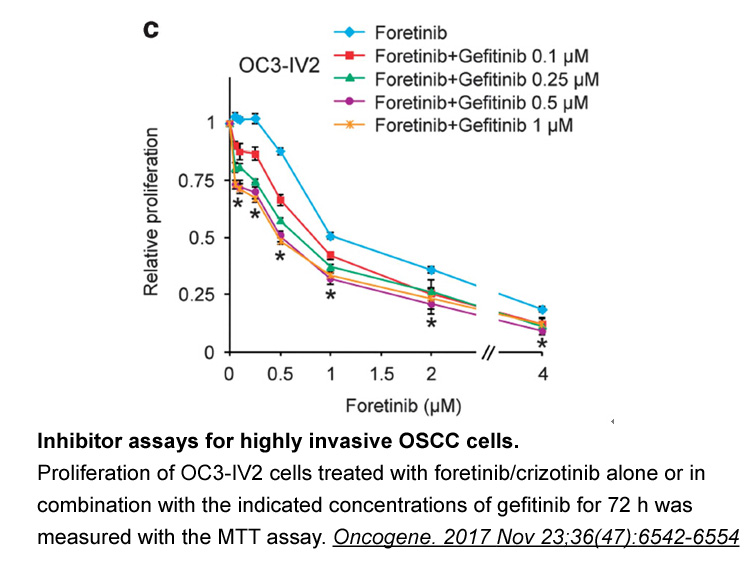
There is literature precedence for the metabolic activation of the methylene carbons adjacent to the ring oxygen(s) of dioxanes and benzopyrans resulting in ring-opened electrophilic carbonyl species. Based on the potential for this metabolic pathway being operative with , a steric block approach wa
-
Intriguingly our laboratory has shown that
2019-08-30
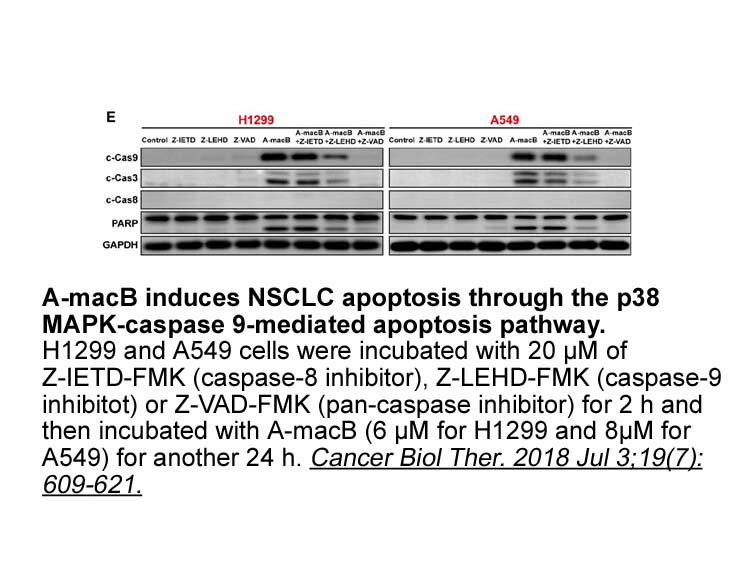
Intriguingly, our laboratory has shown that the I638F kinase domain mutant, unlike the L63V and G505 mutants, is incapable of receptor autophosphorylation and activation of its downstream effector SHP-2 when exposed to collagen stimulation. These data indicate that I638F is a loss of function mutati
15236 records 1002/1016 page Previous Next First page 上5页 10011002100310041005 下5页 Last page